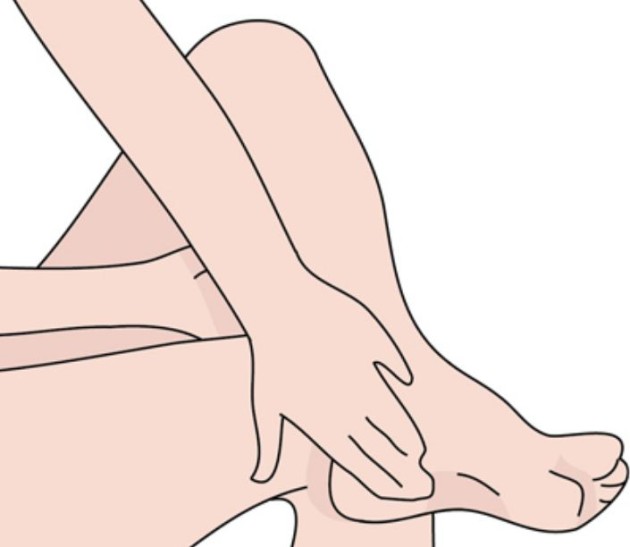
Big toe joint pain
What are the Symptoms of Hallux Rigidus?
The primary symptom is pain over the top of the big toe joint often this is worse during or after any activity which involves weight bearing, such as walking or running. The big toe joint will often also feel stiff, this is generally worse first thing in the morning and on the first few steps after sitting for a while. The stiffness eases with movement.
As well as reports of where the pain is and how it behaves, an x ray taken whilst standing up is the usual way of confirming if someone has Hallux Rigidus.
What can be Done to Help?
There is no “cure” for Hallux Rigidus, but there are lots of things that will help to relieve the symptoms of big toe pain including:
– Don’t become overweight, or if overweight loose weight.
– Use suitable footwear, flat shoes with a broad toe box and plenty of cushioning are usually best.
– High heels bend the toe joint backwards and will be painful.
– A shoe with a rigid sole prevents excessive movement at the big toe joint on each footstep and thus will often be more comfortable than those with a soft sole.
– Keep the joint mobile; exercise in moderation is good even if painful.
– It may be worth considering taking pain relief before doing an activity that is known to cause pain.
– The use of pain relief treatments such as TENS, heat or ice offer relief.
– A steroid injection can be put into the joint. This will normally give a good few weeks of pain relief, but is not a permanent solution.
Will Surgery Help?
Generally there are three types of surgery available to help relieve the pain of Hallux Rigidus. Most surgeons will suggest that before considering any form of surgery simple measures such as those listed above should have been exhausted, plus the pain and consequent loss of quality of life must outweigh the potential risks of surgery. Either the joint can be trimmed out, this is known as a cheilectomy, or the joint can be fused so it is rigid but not painful, or some surgeons now offer joint replacements, but these are nowhere near as developed or routine as hip or knee replacements.
A common concern when someone is considering surgery is “well I might as well have surgery because its only going to get worse right?” Perhaps surprisingly this isn’t the case and actually there is a good amount of research that shows that many people develop the symptoms of pain and stiffness with associated changes on x ray in the early decades of life but these change little as the years go by. It all comes down to how much pain someone is having combined with the amount of problems this is subsequently giving them when carrying out the activities that they need to do on a daily basis.
What Else could Pain in the Big Toe Joint be?
Other causes of pain around the big toe include gout and bunions (Hallux Valgus)
Read more Physiotherapy articles.
Check out our Interviews section, every Tuesday a new story! Tomorrow read about talented Serbian opposite, Tijana Bošković.